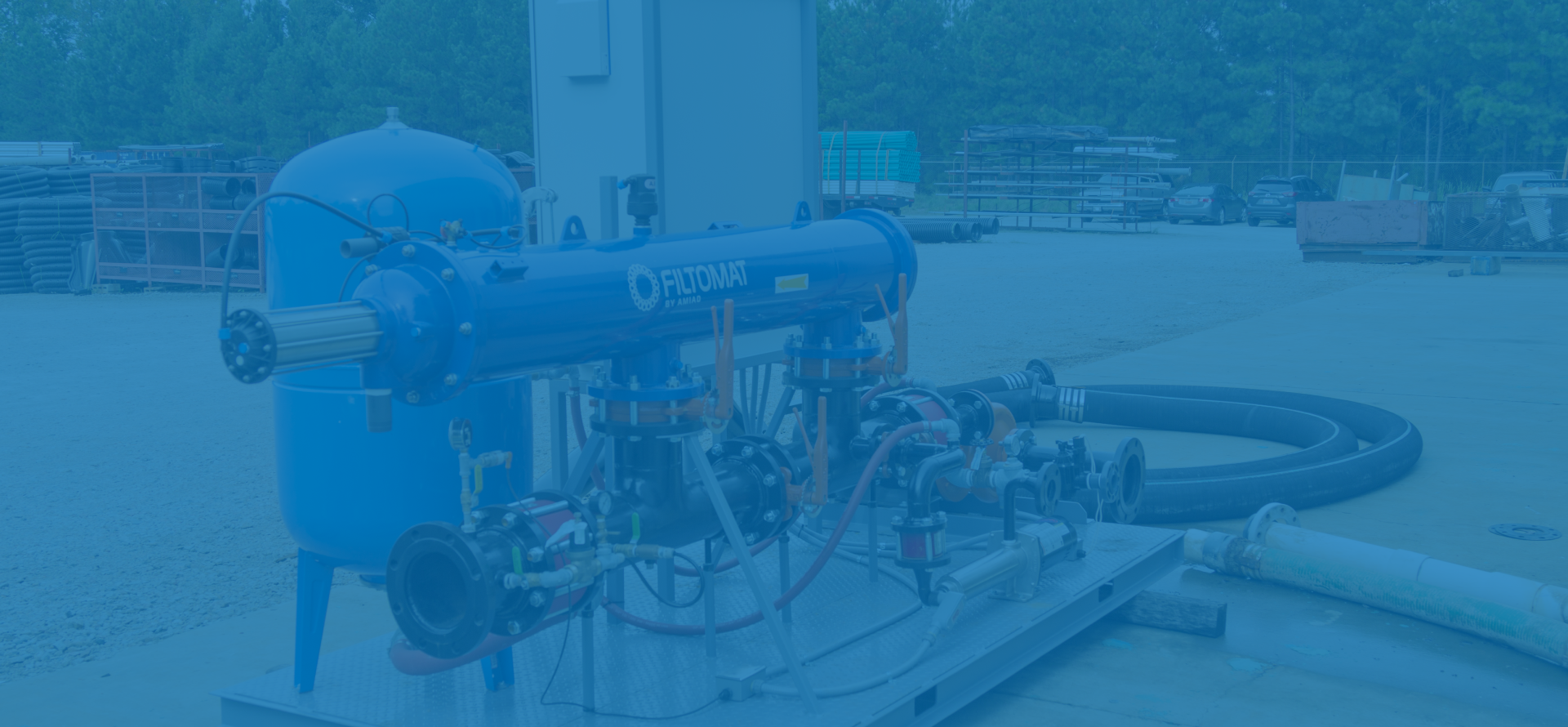What Makes Grass Fertilizer Essential for a Healthy Lawn
A lush, vibrant lawn is often considered the crown jewel of residential landscaping, and the key to achieving such beauty lies in one crucial element: grass fertilizer. According to the Lawn Institute, a well-fertilized lawn can not only enhance its visual appeal but also improve its resilience against pests and diseases. Studies indicate that lawns receiving appropriate fertilization can grow up to 30% thicker, significantly outcompeting weeds and contributing to a healthier ecosystem. Furthermore, the National Association of Landscape Professionals highlights that using quality grass fertilizer can reduce water usage by up to 30%, promoting sustainable landscaping practices. In this blog, we will explore what makes grass fertilizer essential for maintaining a healthy lawn and how embracing the right fertilization strategies can transform your outdoor space into a thriving, green oasis.

The Top 5 Nutrients in Grass Fertilizer That Promote Robust Lawn Growth
A lush, green lawn is the pride of any homeowner, and understanding the key nutrients found in grass fertilizer is crucial for achieving this vibrant landscape. The top five nutrients that significantly contribute to robust lawn growth are nitrogen, phosphorus, potassium, calcium, and magnesium. Each of these elements plays a unique role in maintaining lawn health and vitality.
Nitrogen, the most critical nutrient, fuels lush growth and dark green color by promoting chlorophyll production. Phosphorus is essential for root development, helping grasses establish themselves and improve their overall strength. Potassium enhances disease resistance and drought tolerance, ensuring your lawn remains healthy even in adverse conditions. Meanwhile, calcium strengthens cell walls and supports root structure, while magnesium aids in photosynthesis, allowing your grass to absorb sunlight more efficiently. By selecting a fertilizer that provides these vital nutrients in the right ratios, homeowners can cultivate a lawn that thrives year-round.
7 Signs Your Lawn Needs Fertilization for Optimal Health
A vibrant lawn is a source of pride for homeowners, but it requires more than just regular mowing to maintain its health. Recognizing the signs that your lawn needs fertilization is crucial for achieving optimal growth and resilience. One of the most evident signs is a gradual color change; if your grass begins to look dull or yellowing, it likely indicates nutrient deficiency. Additionally, bare patches can emerge when the grass struggles for sustenance. Pay close attention to these signs, as they are clear indicators that your lawn craves fertilizers rich in essential nutrients.
Another indicator of a lawn in need of fertilization is its growth rate. If your grass struggles to grow, especially at the beginning of the growing season, it may require a nutrient boost. Moreover, if you notice increased weed growth, it could signal that your lawn is not receiving the necessary nutrients to outcompete these unwanted plants. To combat these issues, consider applying a balanced fertilizer during the early spring or fall to provide your lawn with essential nitrogen, phosphorus, and potassium.
To maintain a healthy, lush lawn, it’s beneficial to understand your soil’s needs. Regular testing can guide your fertilization efforts, ensuring that you are applying the right nutrients at the right time. Remember to aerate before fertilizing to enhance absorption and watering adequately afterward to help the nutrients penetrate the soil effectively. By paying attention to these signs and following best practices, you can nurture a thriving lawn that will be the envy of the neighborhood.
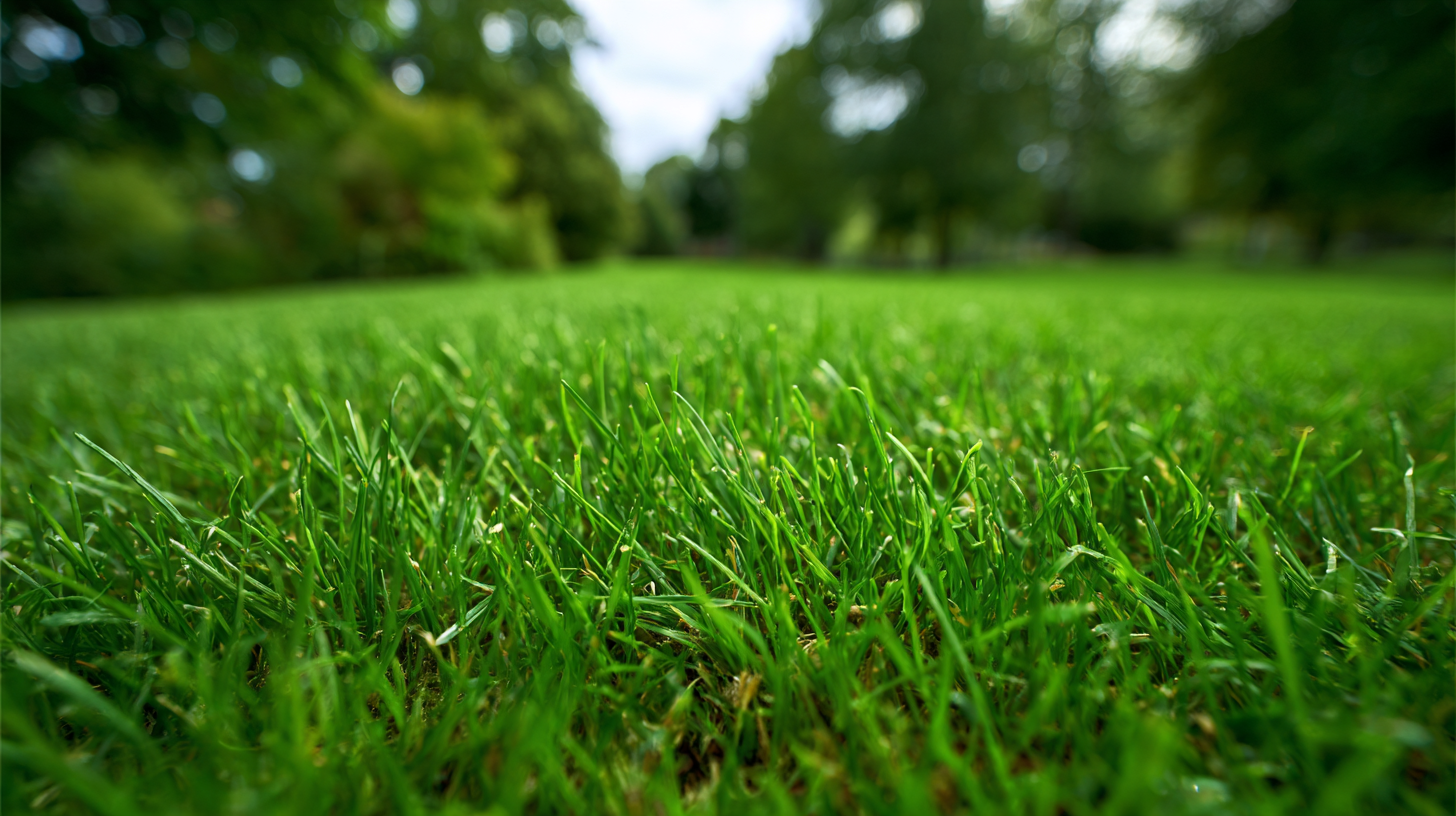
4 Types of Grass Fertilizers and How to Choose the Best One for Your Yard
When it comes to maintaining a lush, green lawn, choosing the right grass fertilizer is crucial. There are four primary types of grass fertilizers: granular, liquid, slow-release, and organic. Each type offers distinct advantages that cater to different lawn care needs.
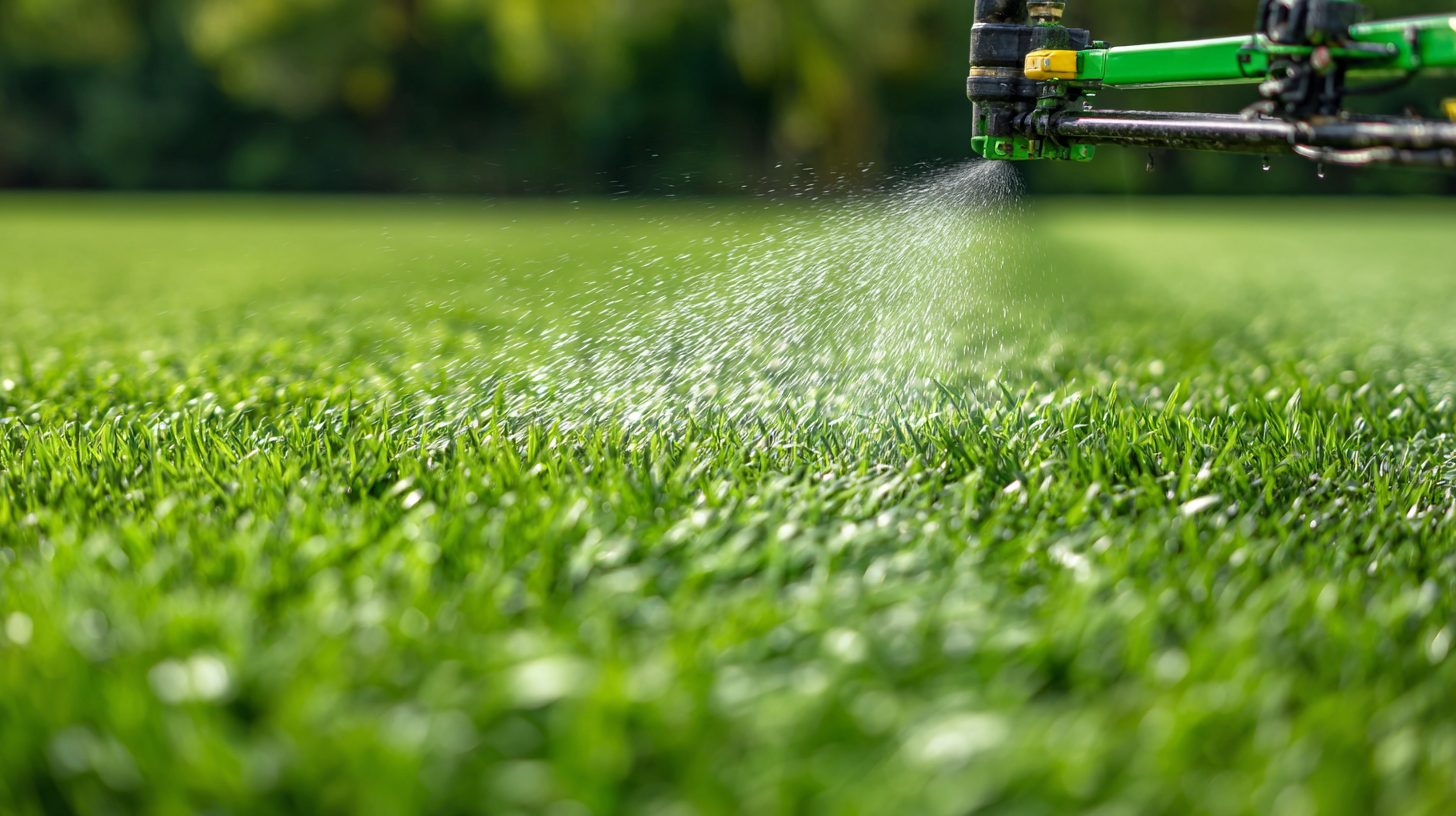 Granular fertilizers are popular for their ease of application and long-lasting effects, making them ideal for larger areas. Liquid fertilizers, on the other hand, provide quick nutrient absorption and are perfect for correcting deficiencies promptly.
Granular fertilizers are popular for their ease of application and long-lasting effects, making them ideal for larger areas. Liquid fertilizers, on the other hand, provide quick nutrient absorption and are perfect for correcting deficiencies promptly.
Slow-release fertilizers ensure a steady supply of nutrients over time, promoting sustained growth without the risk of browning your grass. They are particularly useful for established lawns that require regular feeding. Meanwhile, organic fertilizers are derived from natural sources and not only enrich the soil but also support beneficial microorganisms. When choosing the best fertilizer for your yard, consider factors such as your soil type, grass variety, and the specific needs of your lawn to achieve optimal results for a vibrant, healthy landscape.
6 Common Mistakes to Avoid When Applying Grass Fertilizer
When it comes to keeping your lawn healthy and vibrant, properly applying grass fertilizer is crucial. However, many homeowners make common mistakes that can hinder their lawn's growth. Over-fertilizing, for instance, often leads to burnt patches and excessive grass growth that may require frequent mowing. Conversely, under-fertilizing can stifle the development of roots, leaving your lawn vulnerable to drought. According to industry experts, the ideal fertilizer application balances Nitrogen, Phosphorus, and Potassium, tailored to your specific lawn type and seasonal needs.
Another common error is neglecting to water your lawn after fertilization. Proper watering not only activates the nutrients but also helps prevent fertilizer burn. Aim for about an inch of water following application, either through rainfall or irrigation, to ensure your grass receives the necessary nutrients without damage. By avoiding these pitfalls, you can cultivate a lush and healthy lawn that stands out in your neighborhood.
The Best Times of Year to Fertilize Your Lawn for Maximum Results
Fertilizing your lawn at the right times of the year is crucial for achieving a lush and vibrant landscape. Typically, the best opportunities to nourish your grass are in early spring and fall. During these seasons, grass is naturally inclined to grow, and applying fertilizer can significantly enhance its health and resilience. Early spring fertilization helps kickstart growth after the winter dormancy, while fall fertilization prepares your lawn for a robust recovery and winter vigor.
Tip: To maximize results, consider using a slow-release fertilizer in the spring. This type of fertilizer gradually feeds your grass over time, preventing nutrient burn and ensuring consistent growth. In the fall, opt for a higher potassium content fertilizer, which supports root development and increases cold tolerance as winter approaches.
Another effective fertilization strategy is to aerate your lawn before applying fertilizer, especially in the spring. Aeration allows nutrients, air, and water to reach the root zone more efficiently, promoting healthier growth.
Tip: Always water your lawn thoroughly after fertilization. This helps to activate the fertilizer and ensures that it penetrates the soil, providing essential nutrients where they are needed most. By timing your fertilization correctly, your lawn will thrive throughout the seasons.
Related Posts
-

Comparing Sprinkler System Installation Techniques for Optimal Water Efficiency and Cost Savings
-

Innovative Solutions for Your Dream Garden Fountain Design
-
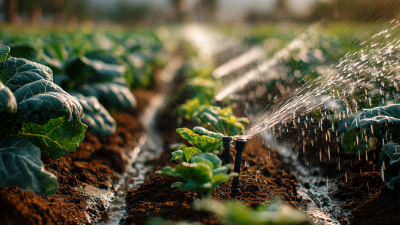
5 Best Irrigation Supplies to Optimize Your Garden Efficiency
-

Ultimate Guide to the Best Outdoor Grill Station: 5 Key Specifications You Must Know
-

Exploring Unique Alternatives to the Best Outdoor BBQ Kitchen for Your Culinary Adventures
-
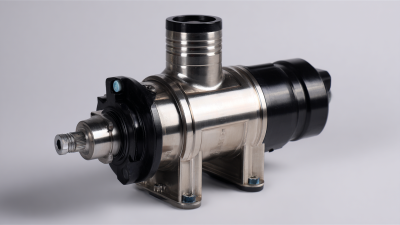
Unlocking Global Opportunities with China's Leading Fountain Pump Manufacturing Solutions
Stay Connected
Sign up today to keep up with the newest information from one of the Southeast’s leading suppliers of fluid handling equipment!






